Waterless Urinals - The Future of Eco-Friendly Men's Toilets
Waterless urinals are becoming an increasingly popular standard in men's restrooms worldwide. They offer many benefits for both the environment and facility owners. In this article, we will discuss the advantages, disadvantages, and the operating principle of urinals that do not require a water connection.
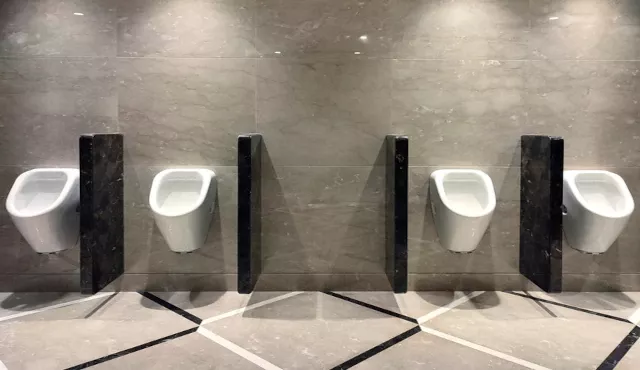
What are waterless urinals?
Waterless urinals are sanitary devices that allow urine to drain into the sewage system without the need to flush with water. The use of such devices eliminates water consumption and lowers sewage management costs.
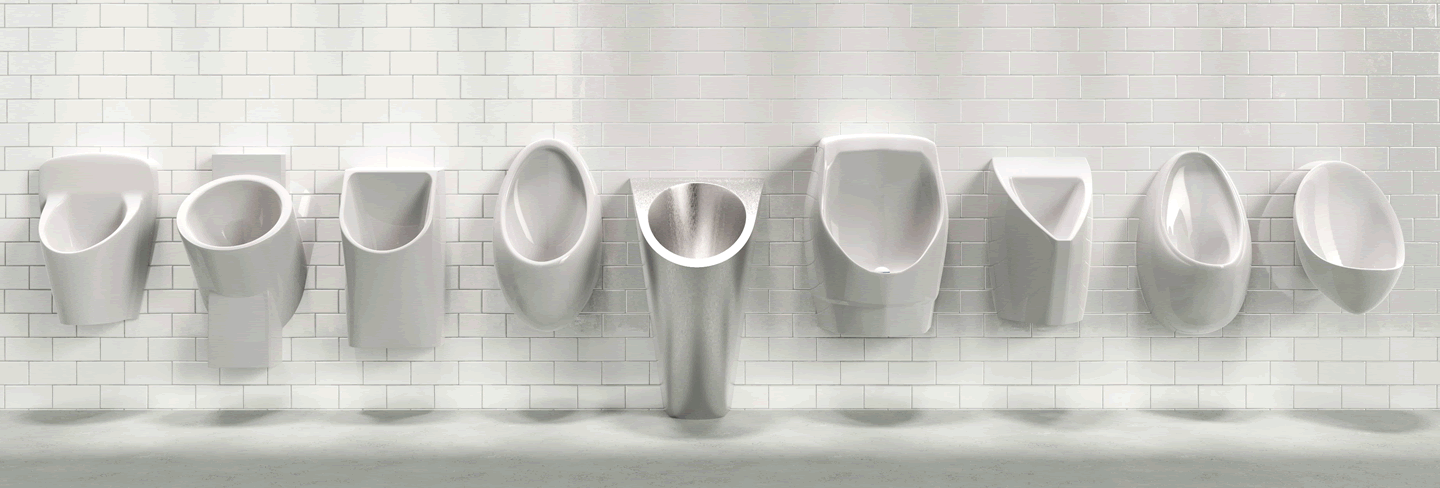
Advantages of waterless urinals:
- Water savings - waterless urinals save water because they do not require flushing, saving hundreds of thousands of liters of water per unit.
- Energy-efficient - they do not require electricity, they do not have electronic devices that could fail.
- Reduction of greenhouse gas emissions - saving 1000 liters of water results in a reduction of CO₂ emissions by 175 grams.
- Reduced use of chemicals - the lack of water means that there is no need to use strong detergents for cleaning and maintaining urinals, and also no scale forms that would require the use of acid-based products.
- Easy to repair - waterless urinals have a simple construction, which translates into lower repair costs.
- Preventing unpleasant smells - special filters and protections prevent unpleasant smells from getting into the rooms.

Disadvantages of waterless urinals:
- Increased risk of vandalism - without water in the system, some elements, such as filters, may be damaged or stolen.
- Maintenance requirements - filters used in waterless urinals require regular replacement for the device to function properly.
- Need for education - some users may not be familiar with the operation of waterless urinals, which may require education and information.
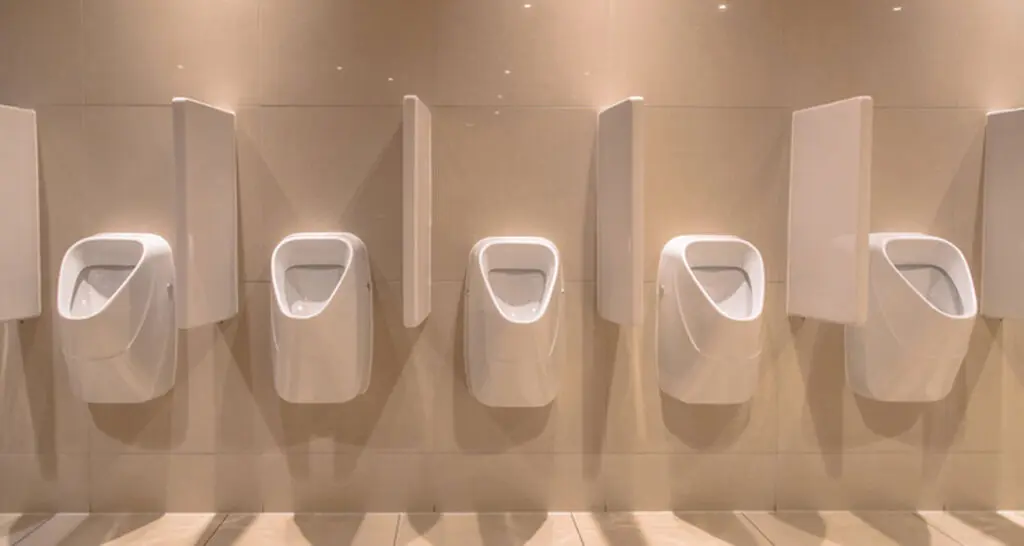
How do waterless urinals work?
Waterless urinals use gravity and special filters and seals to eliminate the need to flush with water. The process involves several steps:
-
Urine enters the device, where it is filtered by a special filter or membrane.
-
The filter or membrane allows the urine to flow, trapping odors, creating a water barrier that separates the urine from the air inside the urinal.
-
The urine then goes to the sewer, while the air from inside the device is filtered back before returning to the rooms. This effectively neutralizes odors.
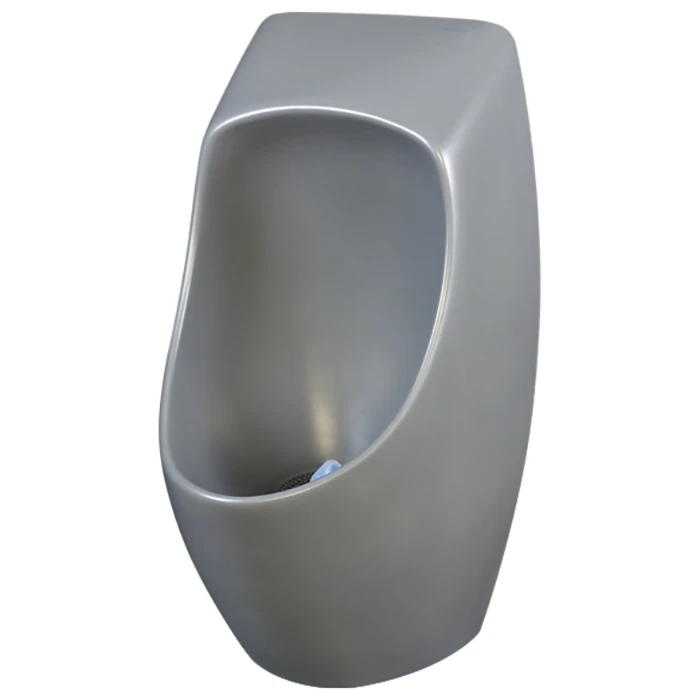
Example cost calculation
- The increased risk of vandalism - without water in the installation, some elements, such as filters, may be destroyed or stolen.
- Maintenance requirements - filters used in waterless urinals require regular replacement for the device to function properly.
- The need for education - some users may not be familiar with the operation of waterless urinals, which may require education and information.

How do waterless urinals work?
Waterless urinals use gravity and special filters and seals to eliminate the need for flushing with water. The process involves several steps:
-
Urine enters the device where it is filtered by a special filter or membrane.
-
The filter or membrane allows the urine to pass through, trapping odors, creating a water barrier that separates the urine from the air inside the urinal.
-
The urine then goes to the sewerage system, while the air from inside the device is filtered back before returning to the rooms. This effectively neutralizes odors.

Sample cost calculation
- As a rule, every man uses the toilet 4 times during his working time.
- About 4 liters of drinking water are consumed for each flush.
- The average total price of water and sewage in the 20 largest cities in Poland in 2023 was PLN 12.00 per m3.
Example:
- 100 employees x 4 toilet visits = 400 uses
- 400 uses x 4 liters per flush = 1600 liters of drinking water per day
- 1600 liters x 22 working days a month = 35,200 liters of water
- 35,200 liters x 12 months = 422,400 liters annually
- 422,400 liters = 422.4 m3 of drinking water
- 422.4 m3 x PLN 12.00 = PLN 5068.80
By using a waterless urinal, you can save PLN 5068.80 a year.

Waterless urinals have a filter or membrane that should be regularly checked and replaced to ensure proper operation and maintenance of the device. The frequency of replacement depends on the model and manufacturer's recommendations.
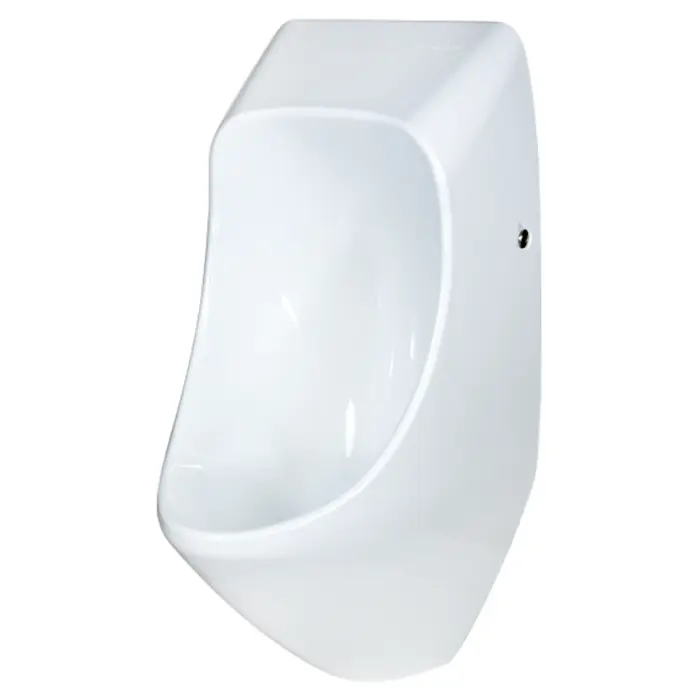
Filter in a waterless urinal plays a key role. Its main task is to allow the flow of urine, but to stop the unpleasant smells, creating a water barrier that separates urine from the air inside the urinal. This way, the air from inside the device is filtered back before returning to the rooms, effectively neutralizing the smells.
How often should the filters in waterless urinals be replaced?
The frequency of replacement depends on the model and manufacturer. Usually, filters should be replaced every 3-6 months or after filtering a certain number of liters. Manufacturer's recommendations should be followed and the condition of the filter should be checked regularly.
Can waterless urinals be installed in all facilities?
Waterless urinals are available in different variants and occur in different types of facilities, such as shopping centers, offices, schools, restaurants or sports facilities. It is recommended to seek help or support from a specialist before installation to check whether a given model will be suitable for specific places.
What are waterless urinals made of?
Waterless urinals can be made from different materials, depending on the manufacturer and model. You can find urinals made of ceramic, stainless steel or composite.
Ceramic waterless urinals are often used and resemble traditional urinals. They are made of sanitary ceramics, which is durable and easy to keep clean.
Waterless urinals made of stainless steel are very resistant to damage and vandalism. Their design is modern and fits well with industrial interiors.
Composite waterless urinals are light, resistant to damage and easy to clean. They are also resistant to UV rays and chemical agents.
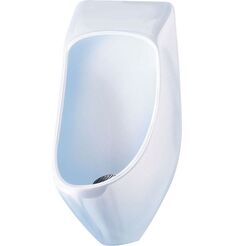
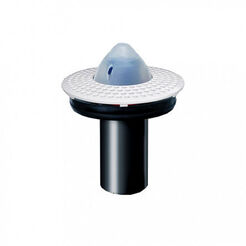
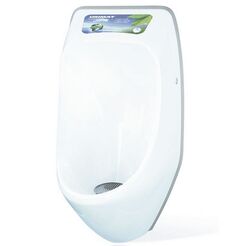
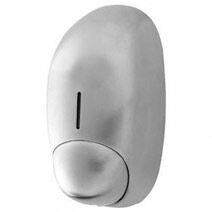
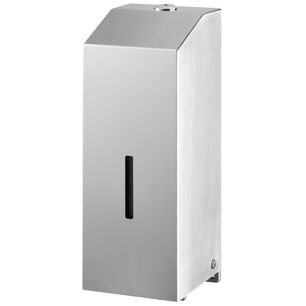
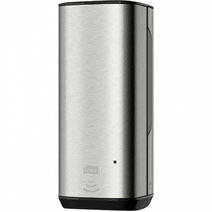
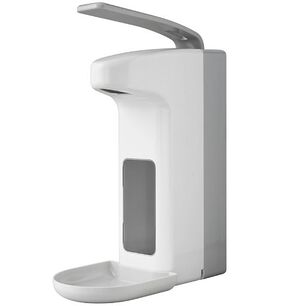
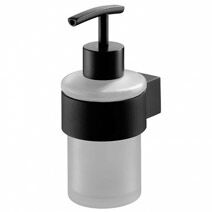
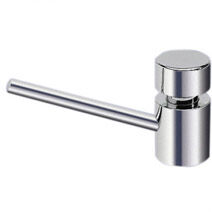
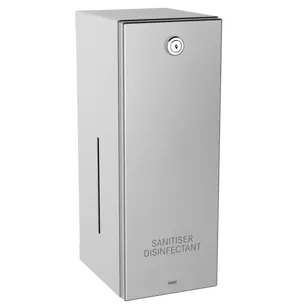
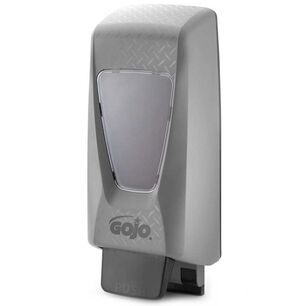
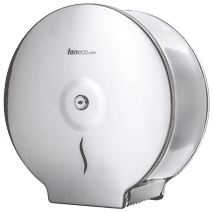
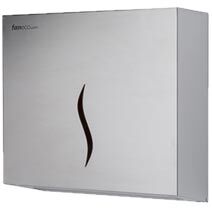
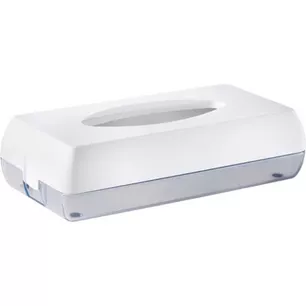
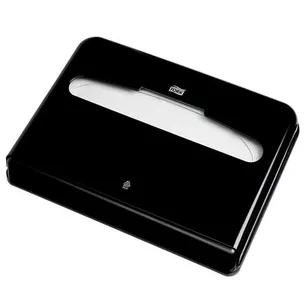
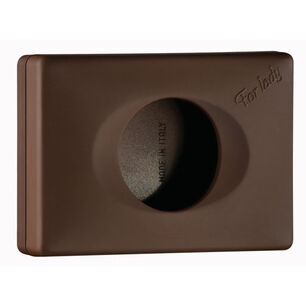
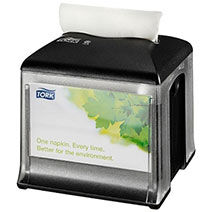
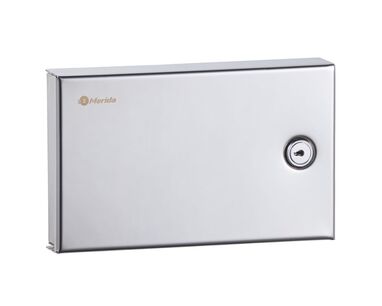
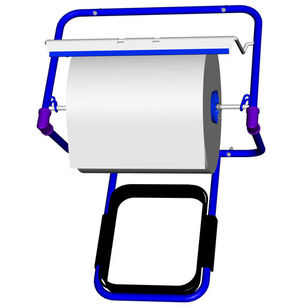
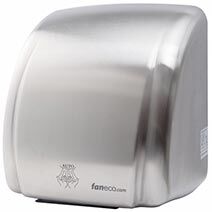
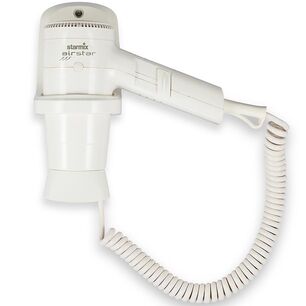
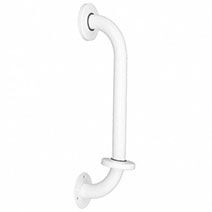
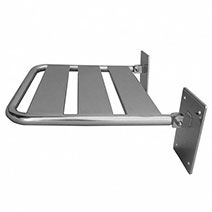
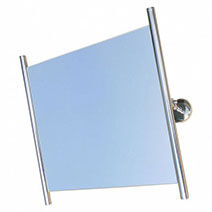
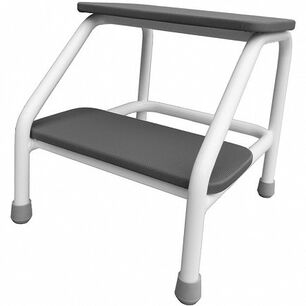
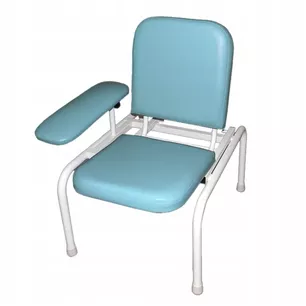
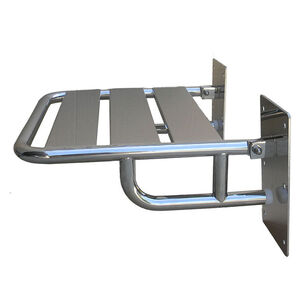
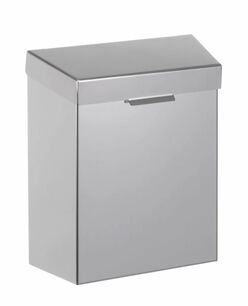
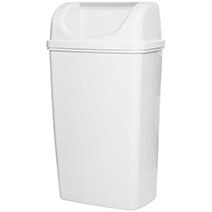
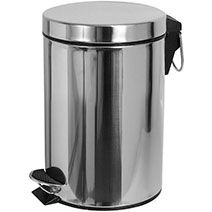
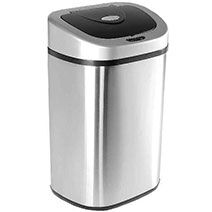
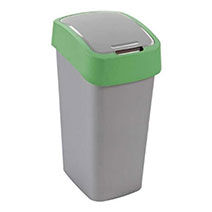
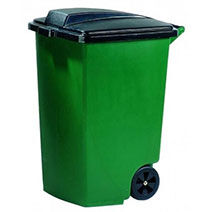
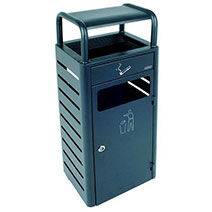
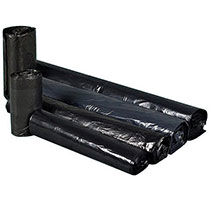

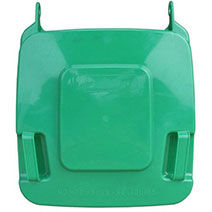
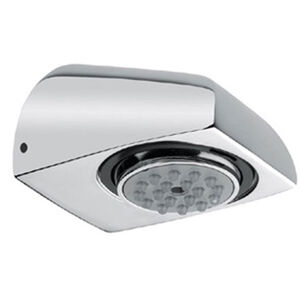
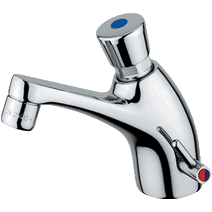
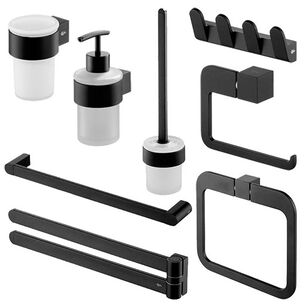
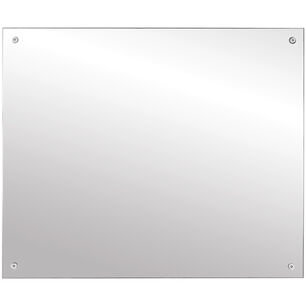
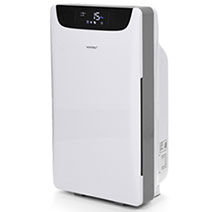


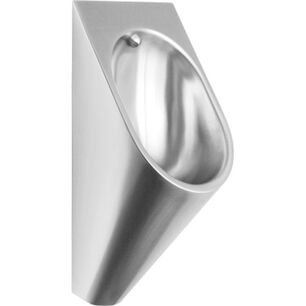
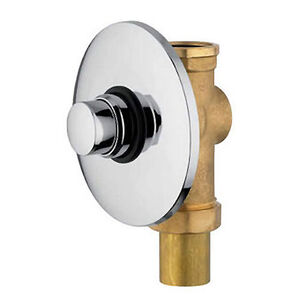
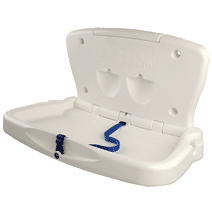
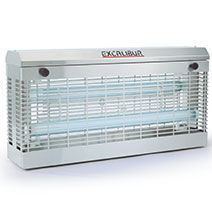
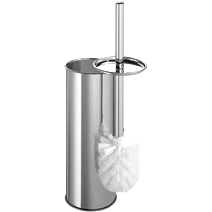
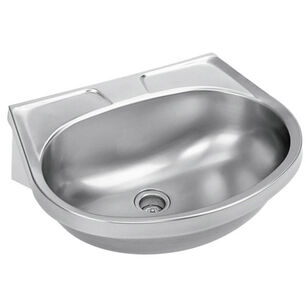
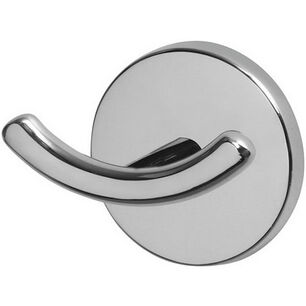
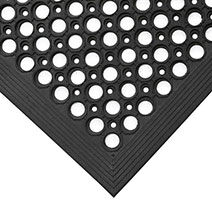
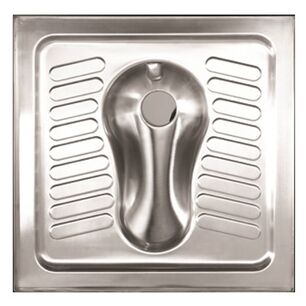

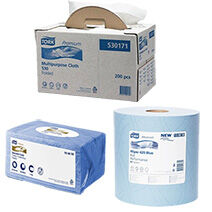
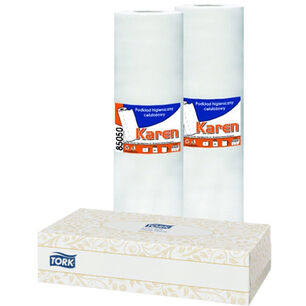

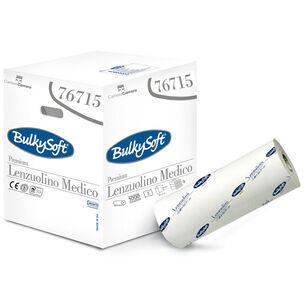
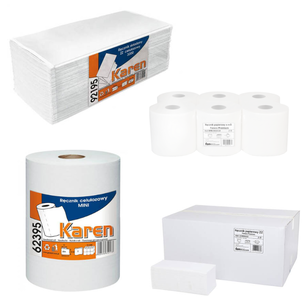
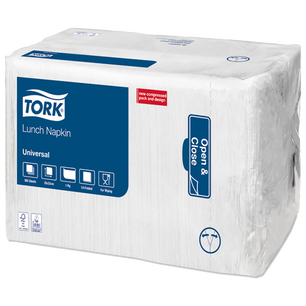
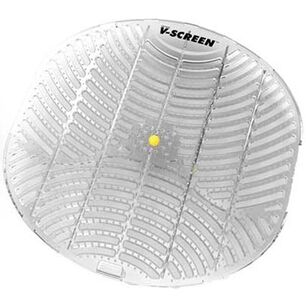


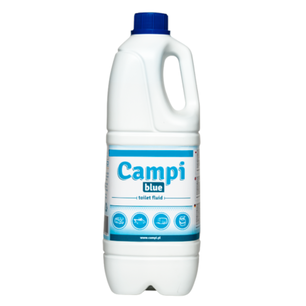
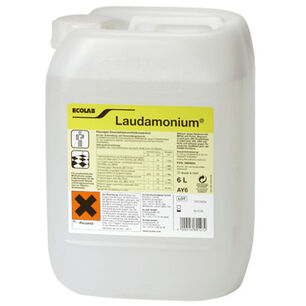
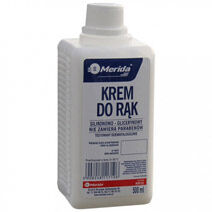
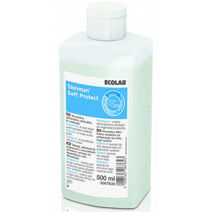
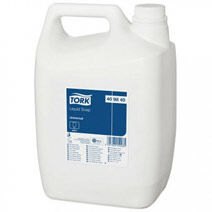
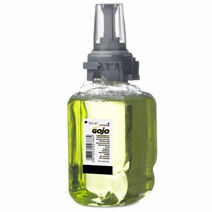
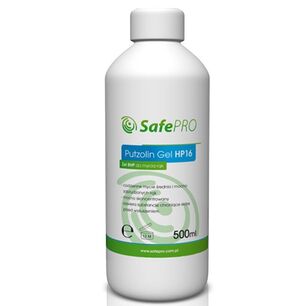
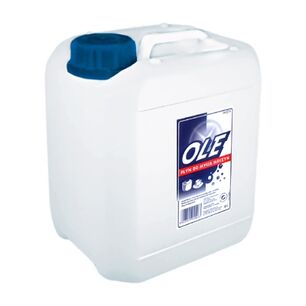
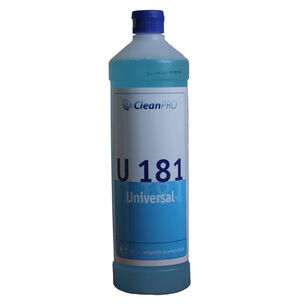
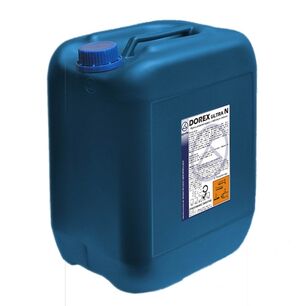
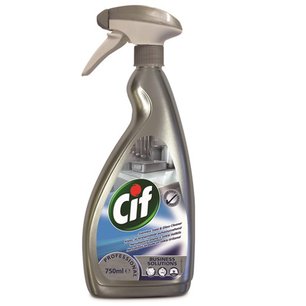
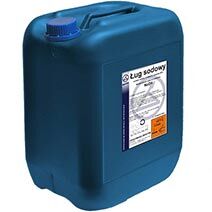
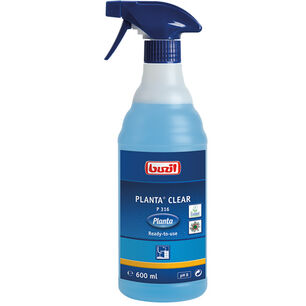
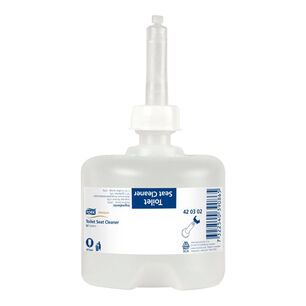
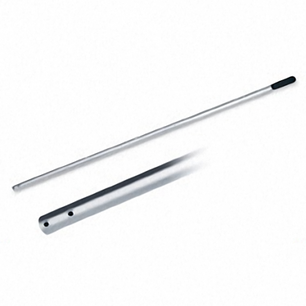
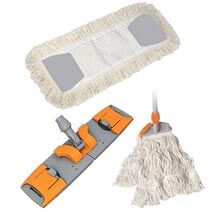
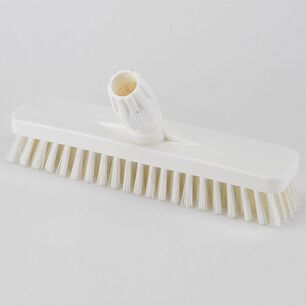
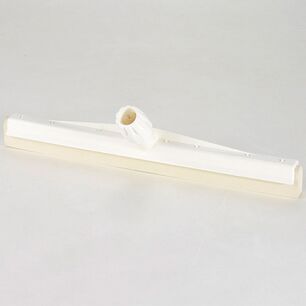

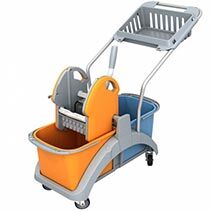


 Polski
Polski
 Czech
Czech
 German
German
 Spanish
Spanish
 Slovak
Slovak